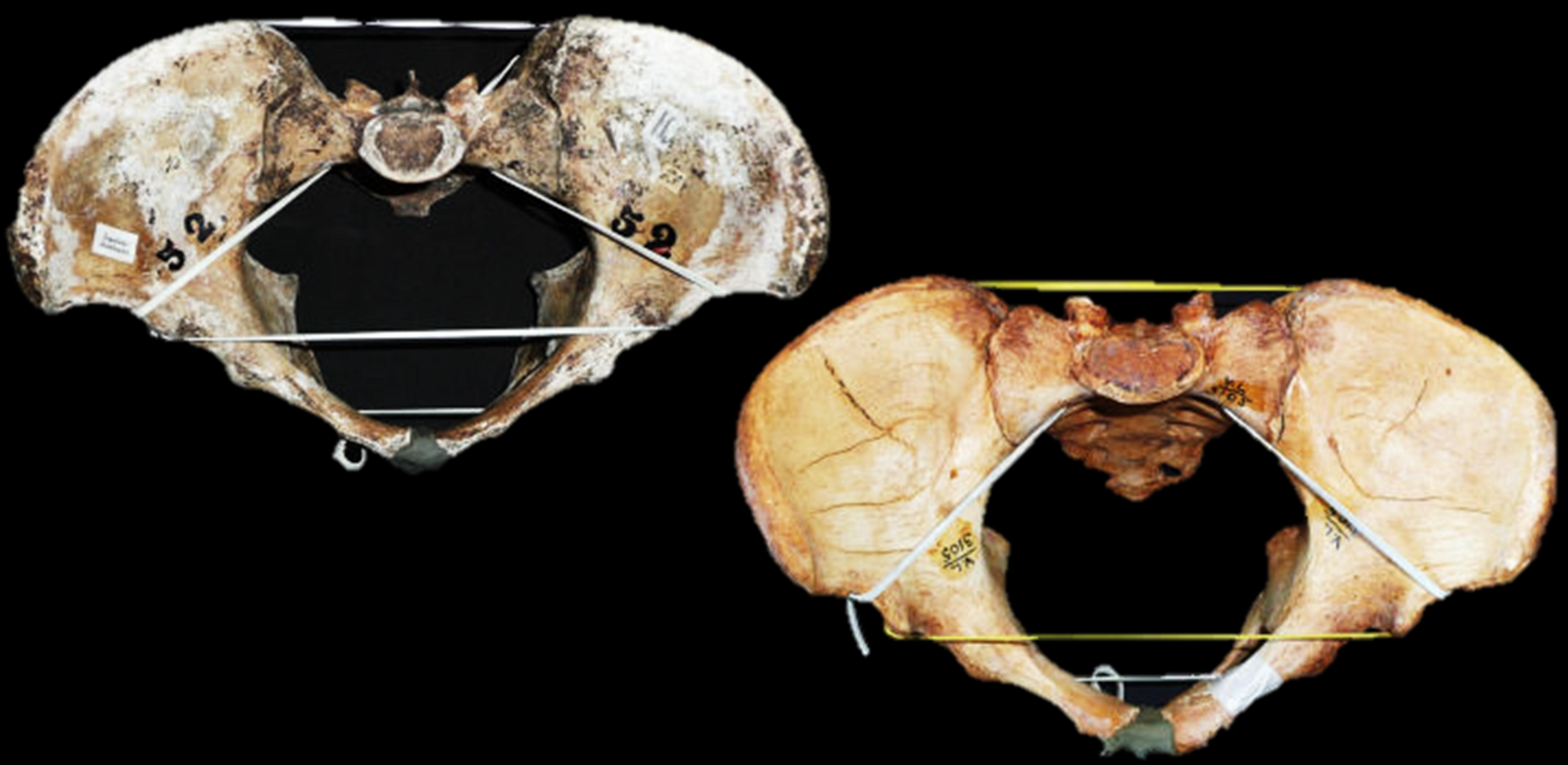
Submitted by Michela Leonardi on Sat, 27/10/2018 - 16:54
Andrea published a paper in Proceedings of the Royal Society B analysing the variation worldwide in the shape of the birth canal and finding significant differences between populations living in different areas of the world.
Betti and Manica (2018) Human variation in the shape of the birth canal is significant and geographically structured Proc. R. Soc. B Volume 285, Issue 1889
Abstract
The human birth canal shows a tight fit with the size of the neonate, which can lead to obstetric complications. This is not the case in other apes, and has been explained as the outcome of conflicting evolutionary pressures for bipedal locomotion and parturition of a highly encephalized fetus. Despite the suggested evolutionary constraints on the female pelvis, we show that women are, in fact, extremely variable in the shape of the bony birth canal, with human populations having differently shaped pelvic canals. Neutral evolution through genetic drift and differential migration are largely responsible for the observed pattern of morphological diversity, which correlates well with neutral genetic diversity. Climatic adaptation might have played a role, albeit a minor one, with populations from colder regions showing a more transversally oval shape of the canal inlet. The significant extent of canal shape variation among women from different regions of the world has important implications for modern obstetric practice in multi-ethnic societies, as modern medical understanding has been largely developed on studies of European women.
